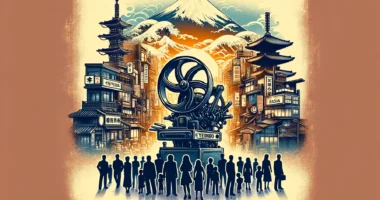“Animal Farm” by George Orwell is an allegorical novella critiquing totalitarianism. It depicts a group of farm animals who overthrow their human farmer, hoping to create an egalitarian society, only to witness the rise of a tyrannical regime led by their own kind, mirroring the corruption of revolutionary ideals.
Explore the timeless political satire “Animal Farm” by George Orwell, a sharp critique of totalitarian regimes disguised as a simple tale of farm animals. This allegorical novella delves deep into themes of power, corruption, and the cyclical nature of oppressive governance.
Key Findings:
- Allegory of Soviet Communism: Represents the Russian Revolution and its aftermath.
- Corruption of Power: Shows how power can corrupt even the most well-intentioned leaders.
- Manipulation of Language: Illustrates how language is used to control and deceive.
- Class Struggle and Inequality: Explores the dynamics of social hierarchy and exploitation.
- Cyclical Nature of Oppression: Depicts how new regimes often replicate the oppression they originally opposed.
“Animal Farm,” written by George Orwell, is a profound allegorical novella that uses a group of farm animals’ revolt against their human farmer as a metaphor for the Russian Revolution and the subsequent establishment of the Soviet Union. The story begins with Old Major, an aged boar, inspiring the animals of Manor Farm to rebel against Mr. Jones, their negligent and abusive owner, to establish a society where animals can be free, equal, and happy.
After Old Major’s death, two pigs, Napoleon and Snowball, lead a successful rebellion, and Manor Farm is renamed ‘Animal Farm.’ Initially, the farm thrives with shared work and rewards, guided by principles called ‘Animalism.’ However, the situation begins to deteriorate as Napoleon and Snowball vie for power. Napoleon eventually ousts Snowball and becomes the farm’s sole leader. Under Napoleon’s rule, the ideals of Animalism are progressively perverted as the pigs start to resemble the humans they overthrew.
The novella sharply criticizes the corruption of revolutionary ideals and the nature of power. Orwell, through events on the farm, demonstrates how propaganda and language are used to manipulate and control the masses. Slogans like “All animals are equal, but some animals are more equal than others” highlight the manipulation of principles to justify the pigs’ privileges and control.
As the story progresses, the pigs increasingly adopt human traits and behaviors, eventually becoming indistinguishable from humans. The novel concludes with a powerful scene where the other animals, looking in at the pigs and humans, can no longer tell the difference between them. This ending serves as a potent metaphor for the way in which revolutionary movements can devolve into the very systems they sought to overthrow.
Orwell’s “Animal Farm” is not just a critique of Soviet Communism; it serves as a universal commentary on the corrupting influence of power and the often cyclical nature of history, where new tyrannies replace old ones. Its enduring relevance lies in its ability to illuminate these themes in a simple yet profound narrative.








